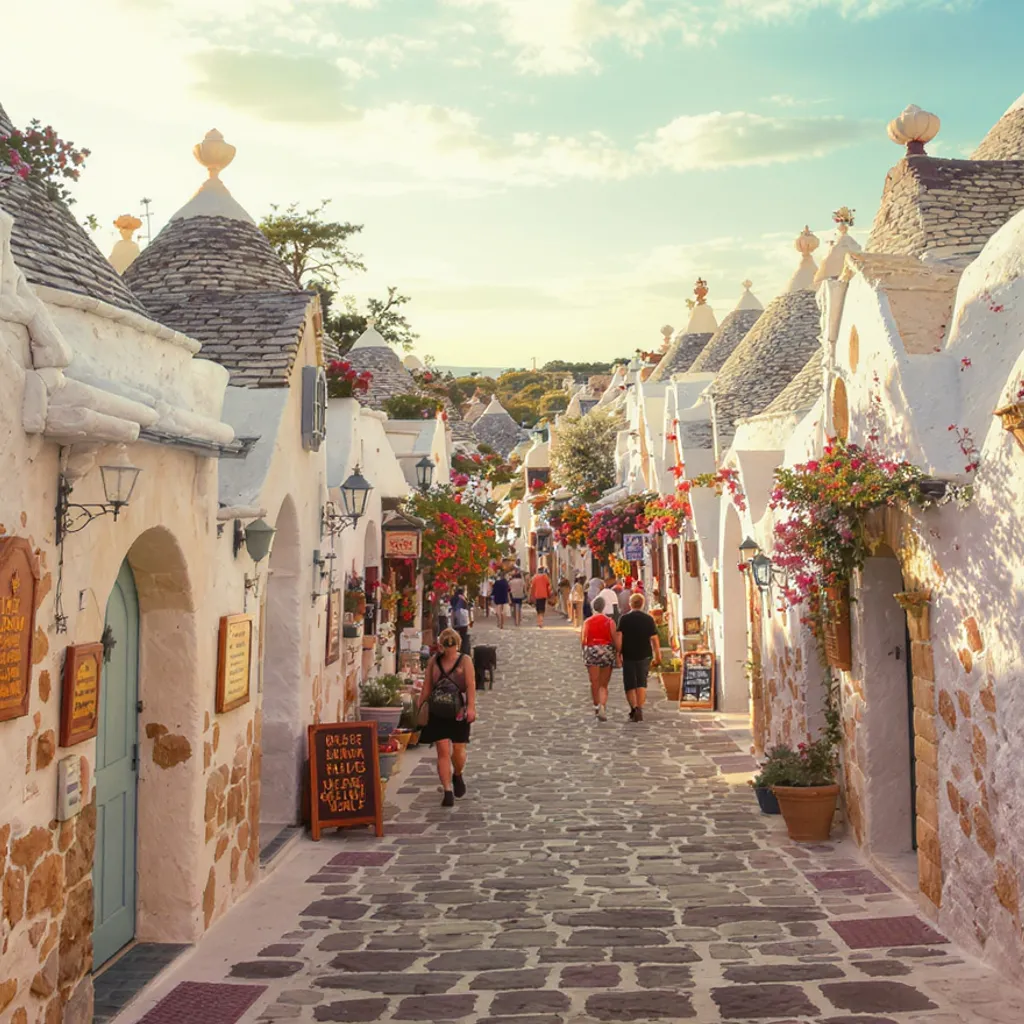Alberobello city break: Tranquil lanes and cone-roofed charm
Start with the answer: visit Alberobello for an intimate, easy to manage city escape where distinctive cone-roofed homes and narrow, whitewashed lanes set a calm, memorable pace. An Alberobello city break places historic architecture in every view, making simple walks feel like a curated route through local life. Expect hands-on encounters with local food, family-run workshops, and welcoming cafés that reward time on foot. Distances are compact, transport is straightforward, and the town’s modest scale encourages curiosity without overwhelming plans. Practical for a short stay, rich in visual character, and quietly singular, it’s a place to slow down, gather clear impressions, and leave with precise ideas for your next visit.
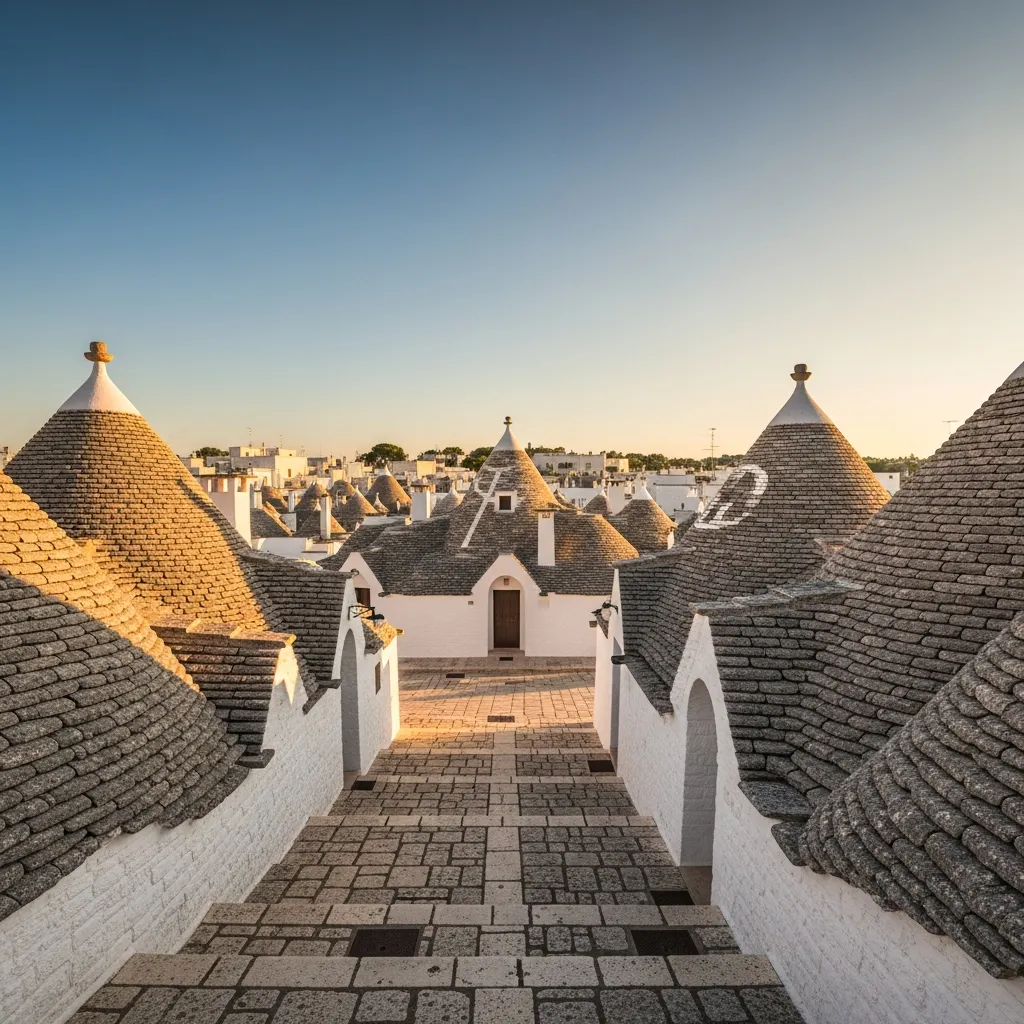
UNESCO protects 11 hectares across six parcels in Alberobello, including Rione Monti with 1,030 trulli and Rione Aia Piccola with 590, the core of the historic landscape visitors walk today.
Trulli Heritage and Historic Houses
Begin with the essentials: Alberobello is a living museum of trulli, compact stone homes and narrow lanes that reward a measured pace. Walk the main districts and let Alberobello set the scene, then step inside period interiors at the Territory Museum House Pezzolla to see how families once lived. For deeper context return to the museum pages that explore construction and daily life, see Territory Museum House Pezzolla . Pause for photographs outside distinctive buildings like Casa Lippolis , and take an evening stroll through the glowing alleys around Casa D’Amore to see trulli illuminated. These stops give a clear, compact view of Alberobello’s architectural story, practical opening hours, and the best vantage points for photos.
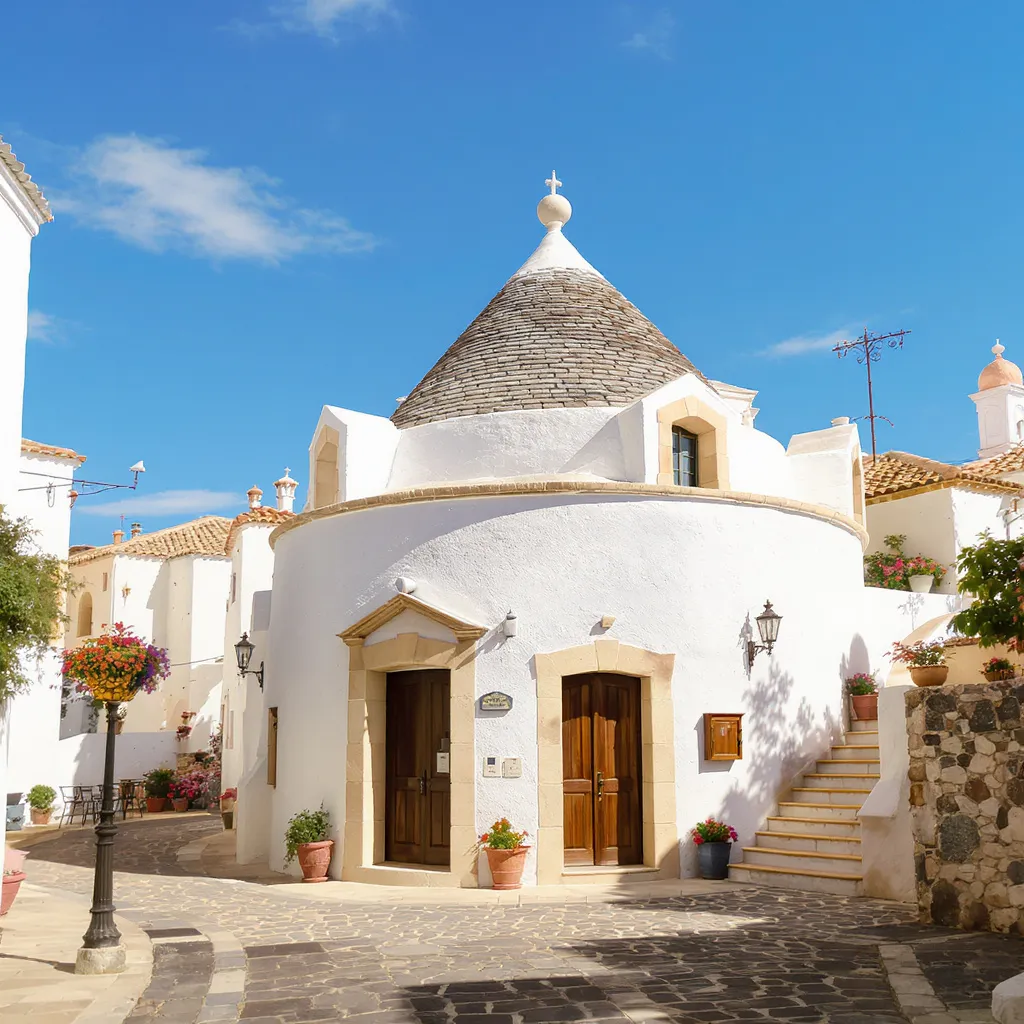
Trullo Sovrano, just behind the Basilica of the Santi Medici, is the only trullo in town with two habitable floors, today it operates as a small house museum.
Puglia Food and Wine Experiences
Taste the region through producers and neighbourhood tables, these visits pair clear context with memorable flavours. Book a cellar visit at CANTINA MUSEO ALBEA to learn vinification and sample bottles, then return for a more intimate tasting at CANTINA MUSEO ALBEA if you want a deeper session. Watch cheesemaking at Caseificio Gigante and buy fresh rounds to take away. For evening dining choose lively music and seasonal menus at NOS Ristorante or inventive local cooking at APPERÓ . For quick supplies and picnic ingredients drop by “Frutta Dell’Aia” to pick seasonal fruit and local snacks. These stops give practical purchase options and tasting recommendations you can act on today.
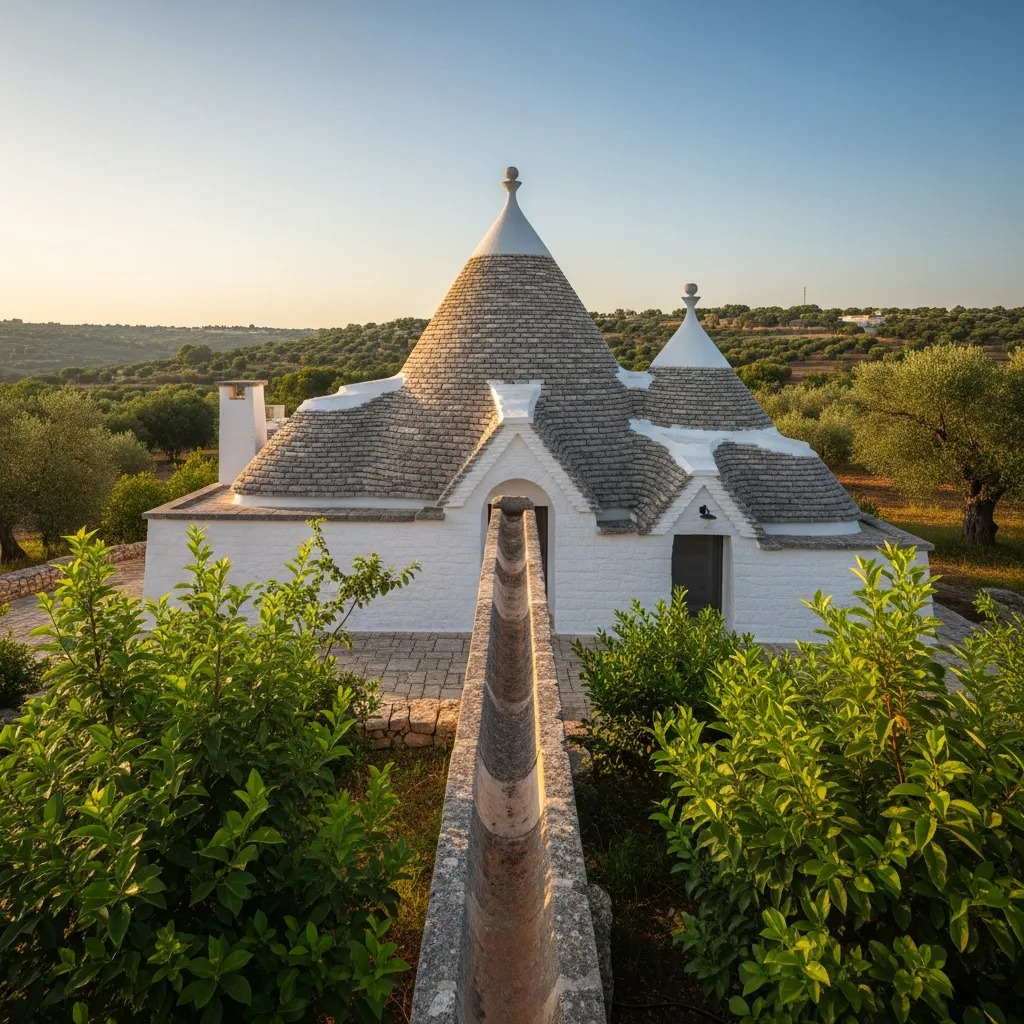
Traditional trulli channel rainwater from their conical roofs into an underground cistern via projecting eaves and a stone runnel, an efficient water saving system built into the house itself.
Local Services and Nearby Sights
Practical planning makes the trip smoother, and Alberobello pairs compact charm with useful services and quick day trips. If you want a cliffside escape, catch a short ride to Polignano a mare for sea views and caves. Book a knowledgeable walk with Alberobellotour to learn neighbourhood history and insider tips. For essentials pick up supplies at Todis Supermercato (Alberobello - Via Cairoli) or choose the well stocked Conad - Supermarket for groceries and local treats. These stops help you move efficiently between sightseeing and everyday needs, so you spend more time exploring and less time worrying about logistics.
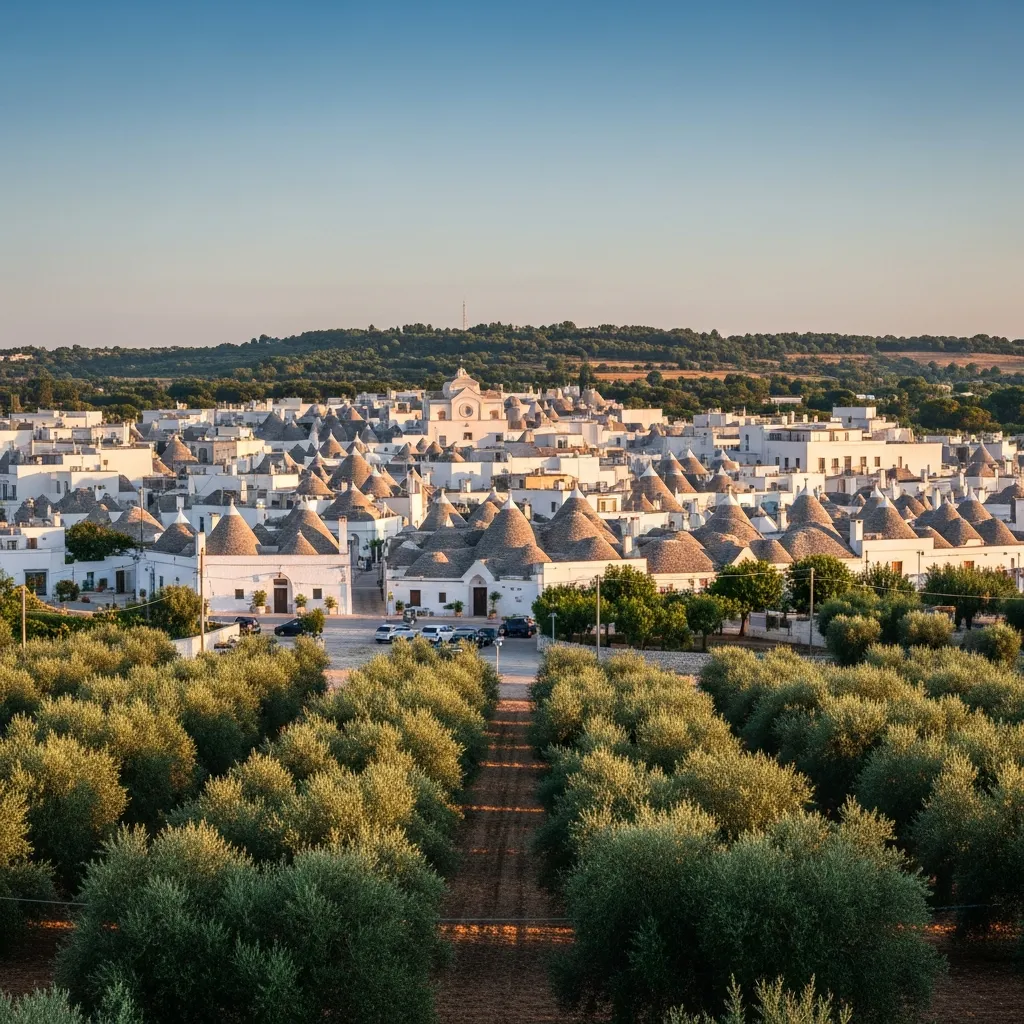
From Bari, Ferrovie del Sud Est services reach Alberobello in about 1 hour 5 minutes, a reliable option when you want to avoid parking in peak times.

